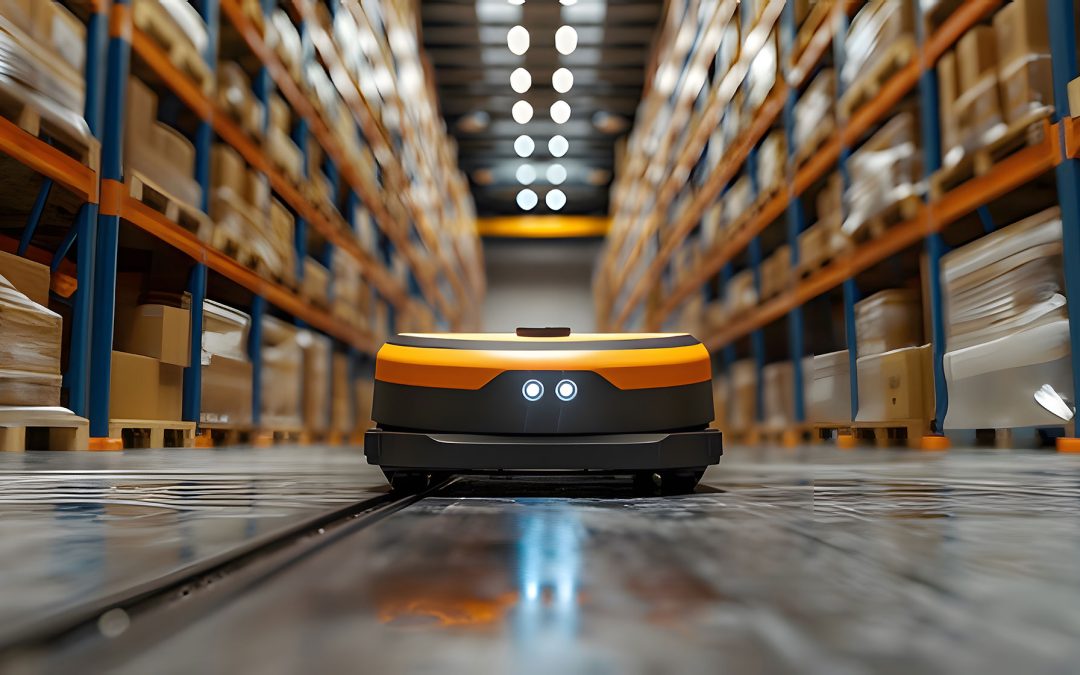In an era marked by rapid technological advancements, shifting consumer expectations, and unpredictable global events, the concept of “future proofing” in supply chain management has become increasingly unrealistic. Instead of striving for an unattainable state of being completely immune to future disruptions, businesses should focus on being “future ready” a dynamic, adaptable approach that emphasizes resilience, flexibility, and continuous improvement. This whitepaper explores why future proofing is a myth and presents actionable strategies for organizations to cultivate a future-ready supply chain.
Introduction
The traditional notion of future proofing implies a static, stable state where a system or process remains effective regardless of future changes. However, the nature of supply chains is inherently volatile, influenced by a plethora of factors including technological innovations, geopolitical shifts, and environmental changes. As such, supply chains must be designed to adapt and evolve rather than attempting to guarantee stability in an unpredictable world.
Why Future Proofing is a Myth
Rapid Technological Changes
Technological advancements in areas such as artificial intelligence, blockchain, and the Internet of Things (IoT) are evolving at an unprecedented pace. What is cutting-edge today may be obsolete tomorrow. A supply chain designed to be “future proof” would require constant updates and adjustments to keep up with these innovations, rendering the concept impractical.
Unpredictable Global Events
Global events such as pandemics, natural disasters, and geopolitical tensions can have profound impacts on supply chains. The COVID-19 pandemic, for example, exposed vulnerabilities in global supply networks that no amount of future proofing could have anticipated. The unpredictability of such events highlights the need for flexibility and adaptability rather than rigid future-proofing measures.
Evolving Consumer Expectations
Consumer preferences and behaviors are continually shifting, driven by factors such as sustainability concerns, ethical practices, and technological expectations. Supply chains that aim to be future proof must constantly adjust to these changing demands, which can be both resource-intensive and unsustainable.
Complexity and Interconnectedness
Supply chains are complex and interconnected systems involving multiple stakeholders and dependencies. Changes in one part of the chain can have cascading effects throughout. Attempting to future proof every aspect of such a complex system is not only impractical but also inefficient.
The Future Ready Approach
Being future ready involves developing a supply chain that is resilient, flexible, and continuously evolving. This approach enables organizations to respond effectively to changes and disruptions, ensuring long-term sustainability and competitive advantage.
Embrace Flexibility
Flexibility allows supply chains to adapt to changing conditions and requirements. This can be achieved through modular supply chain designs, diversified supplier networks, and scalable processes. For example, having multiple suppliers for critical components reduces dependency on any single source, mitigating risk in case of disruptions.
Invest in Technology and Innovation
Leverage emerging technologies to enhance supply chain visibility, efficiency, and agility. Technologies such as warehouse management systems like Provision WMS, AI, and machine learning can optimize inventory management, predict demand fluctuations, and automate routine tasks. Investing in technology enables continuous improvement and adaptation to new challenges.
Enhance Collaboration and Communication
Fostering strong relationships with suppliers, partners, and customers is crucial for a future-ready supply chain. Enhanced collaboration and communication facilitate quicker response times and better coordination during disruptions. Implementing collaborative tools and platforms can improve information sharing and decision-making.
Prioritize Sustainability and Risk Management
Incorporate sustainability and risk management practices into the supply chain strategy. Sustainable practices not only meet regulatory and consumer expectations but also contribute to long-term resilience. Effective risk management involves identifying potential risks, developing contingency plans, and regularly reviewing and updating risk assessments.
Cultivate a Culture of Continuous Improvement
Encourage a culture of continuous improvement within the organization. Regularly review and refine processes, solicit feedback from stakeholders, and stay informed about industry trends and best practices. This proactive approach helps the organization remain agile and responsive to new challenges.
Conclusion
The myth of future proofing in supply chain management is rooted in the desire for certainty in an inherently uncertain world. Instead of pursuing an elusive state of being future proof, organizations should focus on being future ready. By embracing flexibility, investing in technology, fostering collaboration, prioritizing sustainability, and cultivating a culture of continuous improvement, businesses can build resilient supply chains that thrive amidst change and uncertainty.
Recommendations
Develop a flexible supply chain strategy with modular and adaptable components.
Invest in and integrate emerging technologies to enhance supply chain capabilities.
Strengthen relationships with key stakeholders and implement collaborative tools.
Incorporate sustainability and comprehensive risk management into supply chain practices.
Foster a culture of continuous improvement and stay informed about industry developments.
Unlock the full potential of your warehouse with Provision WMS. Our cutting-edge system not only streamlines your current processes but also equips you for tomorrow’s challenges. Stay ahead of the competition and ensure your operations are ready for future growth.
Ready to transform your warehouse?
Get ready with Provision WMS. Request a Demo, contact us at Business@ahearn.com or call us at 1-800-263-4258

